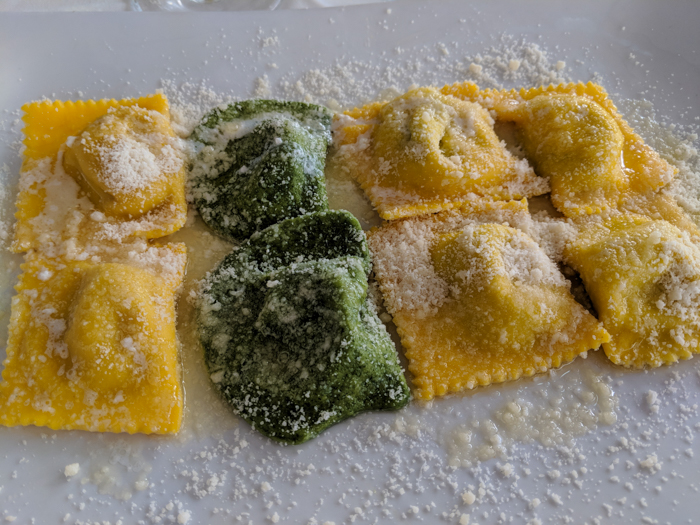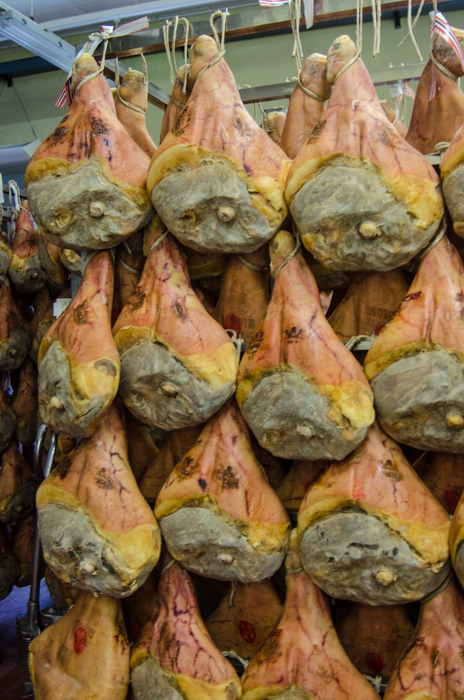
The region of Emilia-Romagna is arguably one of Italy’s best for gourmets, producing some of the most recognizable foods of Italy, from Parmigiano-Reggiano cheese to Prosciutto di Parma to authentic Balsamic Vinegar. So how to follow the King of Cheeses? With the King of Hams, of course – so off to visit a producer of Prosciutto di Parma ham, CONTI. During our private walking tours of Italy, I introduce the local gourmet products to our guests. So my free days are spent experiencing and educating myself on the wonderful authentic foods and wines of Italy. Many thanks to Daniela Lanfredi and Food Valley Tours for showing me the area.
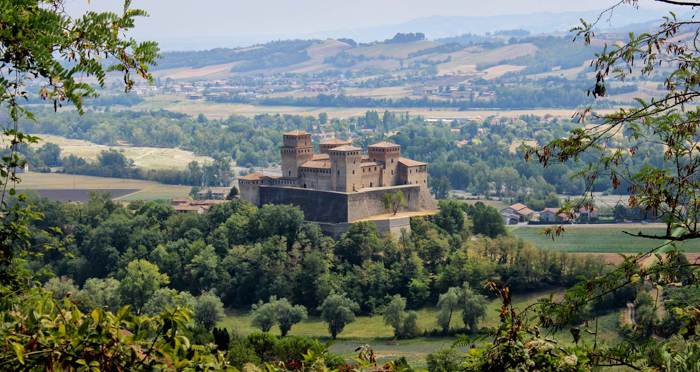
As with Parmigiano-Reggiano cheese that I wrote about in my last article, the high quality of the Prosciutto di Parma is inexorably connected with it’s place of origin. For Prosciutto di Parma, the epicenter is the town of Langhirano, about 20km south of Parma on the Parma River. Daniela describes the town as consisting of producers of Prosciutto di Parma and the homes of the plant workers as she points out the large rectangular windows that are found on the upper floors of most of the multi-story buildings in town, which identify the drying lofts. Here in this river valley the air is dry with aromatic breezes from the Apennine Mountains, which residents as far back as the Romans recognized created the perfect conditions for the natural curing of hams. In 100 BC, Cato the “Censor” mentioned the extraordinary flavor of the air cured ham made around the town of Parma in Italy; the legs were left to dry, greased with a little oil and could age without spoiling.
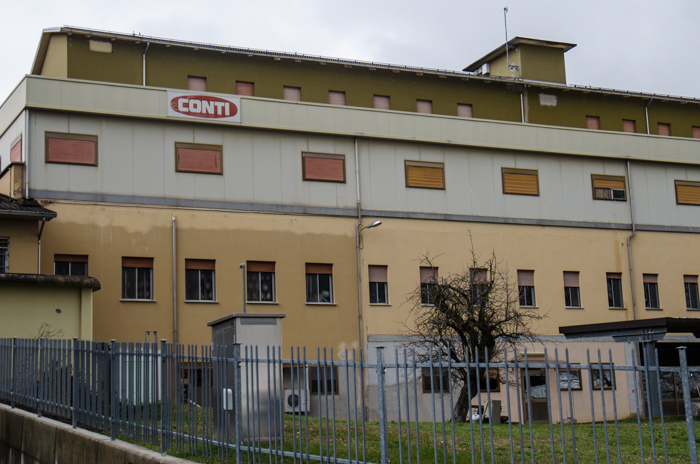
Today the Consortium of Prosciutto di Parma tightly controls the production process to ensure the quality and authenticity of the product. It begins with the farms that produce the pigs. They must be certified by the Consortium, and abide by a myriad regulations. Parma pigs must be Large White, Landrance or Duroc breeds, born and raised by authorized breeding farms located in 10 regions of central-northern Italy. Their diet is a specially regulated blend of grains, cereals and whey from Parmigiano-Reggiano cheese production ensuring a heavy pig with a moderate daily growth in an excellent state of health.
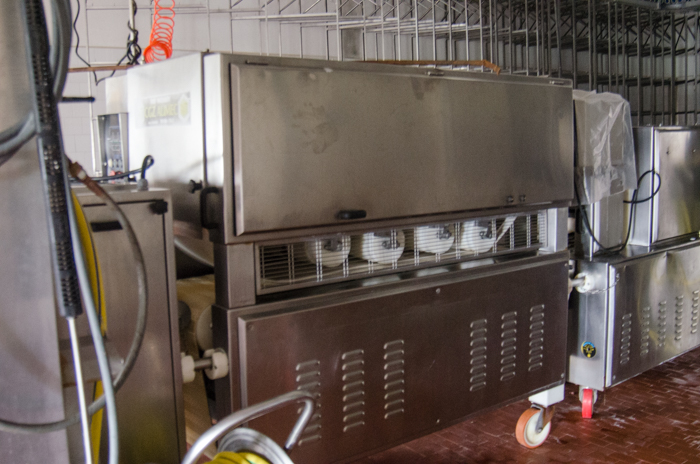
The legs arrive at the plant where they are logged and tagged for tracking purposes, then they are introduced into a specialized machine with a series of rollers that massage each leg. Under the supervision of a highly trained maestro salatore, or salt master, each leg is then salted just the right amount – the pig skin is covered with humid sea salt, while the muscular parts are covered with dry salt. They are then placed on their sides in a refrigerated space for a week to rest.
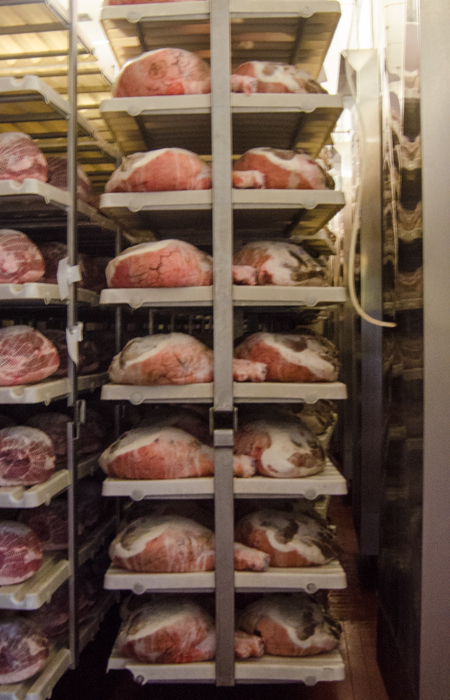
After the week, they are removed from the cooler and the process of massage and salting is repeated. Then back to refrigerated rooms where they have the salt brushed off after another 10 days or so, and then continue to rest for about 100 days in total. This first period of massaging and salting is the crucial point of the production process, and a master with long experience in the art of making Prosciutto oversees the activity closely.
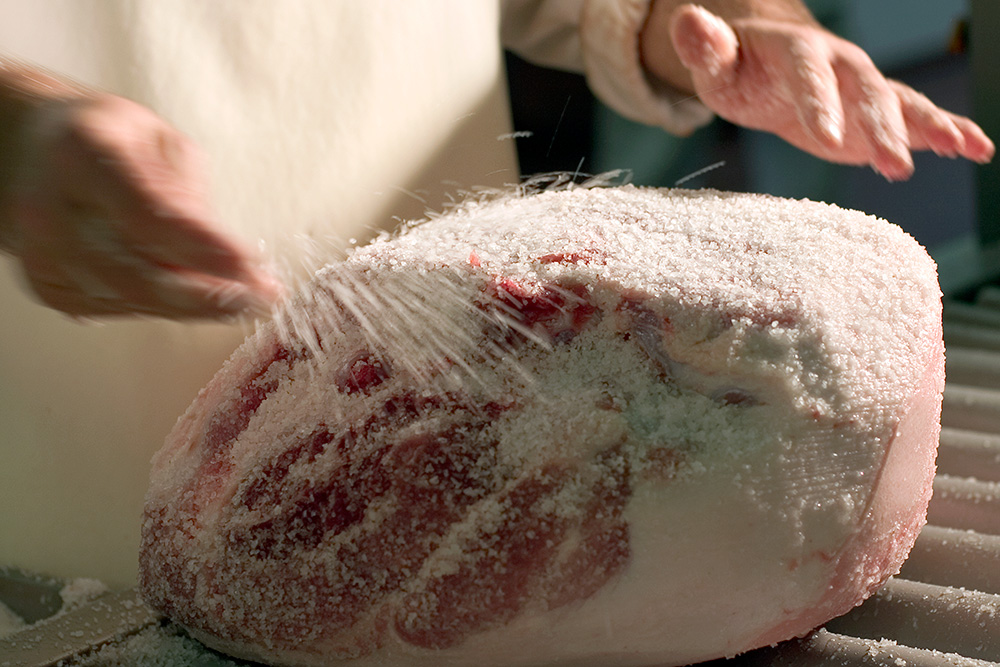
At the end of the 3 months, the hams are now hung by a rope on special metal racks. I look up, and note the ceiling of the production facility is covered with metal tracks that allow the workers to now move the heavy racks of hanging hams throughout the facility. The first stop – a washing station where the exterior is washed. Then the racks are moved downstairs to the first stage in the aging process, the initial curing.
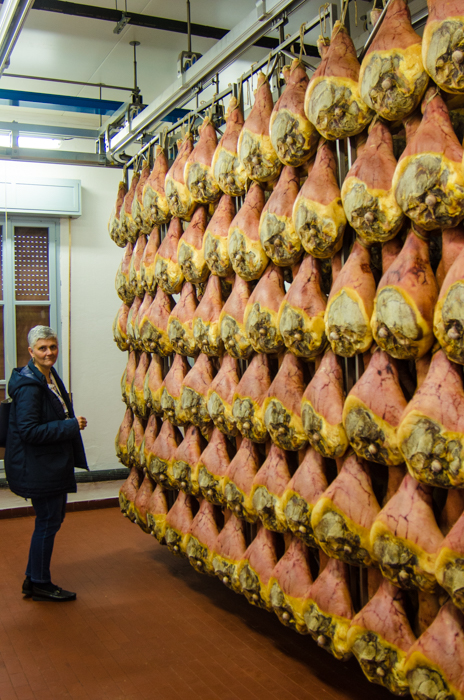
Here the hams are hung in well ventilated rooms with large windows that are opened when the outside temperature and humidity are favorable; this allows for a constant and gradual drying of the hams. At the end of this phase, which lasts about another three or so months, the exposed surface of the meat has dried and hardened.
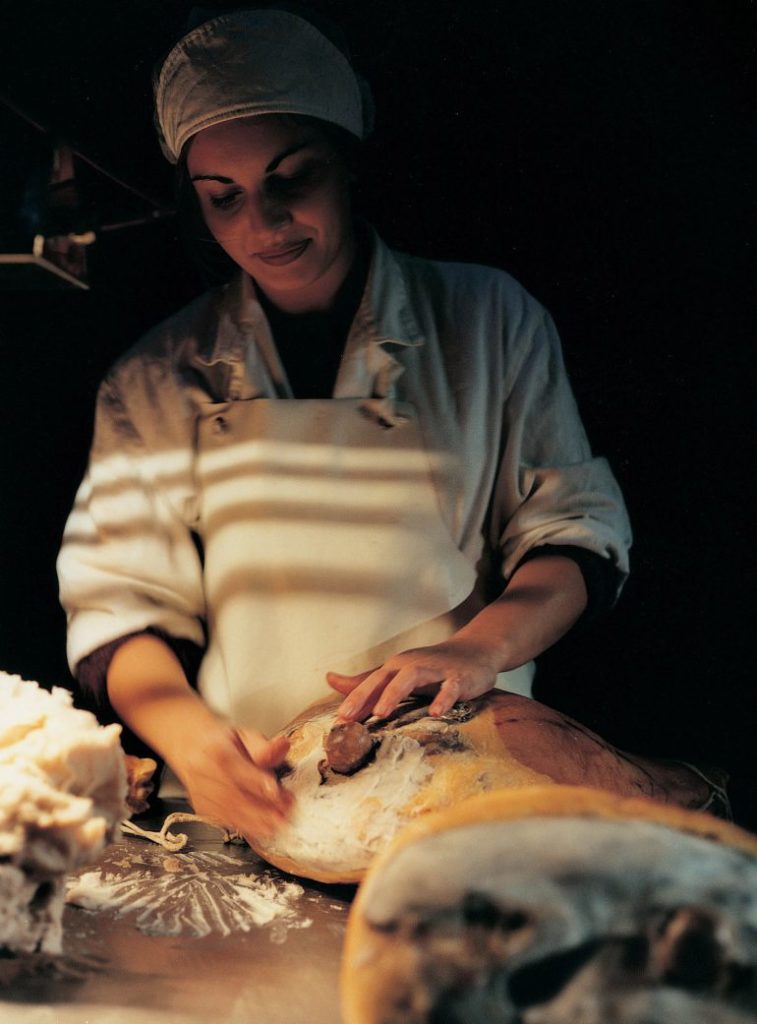
After this initial curing period, each ham is smeared with a mixture of rice flour, salt, seasonings and pork fat called ‘sugna’ to stop it from drying too quickly for the remainder of its maturation. This ‘sugna’ is kept warm under a heat lamp so it spreads easily, and it’s precise mix of seasonings and salt each producer keeps as a closely guarded secret. The exposed surfaces of the hams are softened with this paste, more on the exposed meat surfaces, less on the parts of the leg that are covered with fat. Rice flour is used today so the hams are gluten-free.
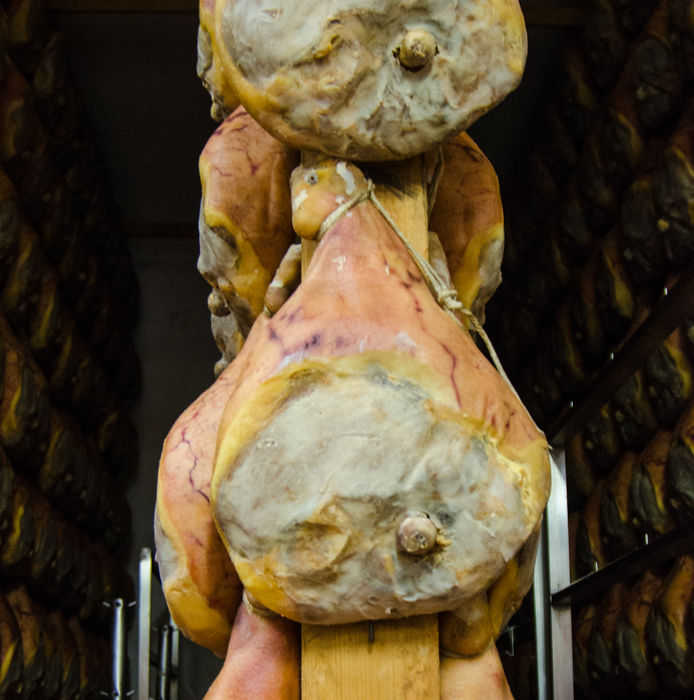
After the ‘sugna’ has been applied, the hams are transferred to the cellars, rooms with less air and light, where they hang on racks until the curing is completed. By law Parma Ham is cured at least 1 year (starting from date of first salting), and some may be cured as long as 3 years. Daniela says that most locals prefer hams that have aged 16 months or more.
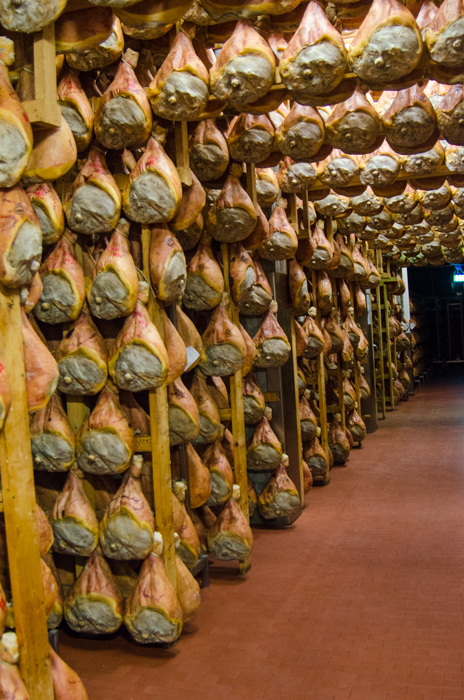
After 12 months of aging, each ham is checked by an inspector from the Consortium. The inspection includes a traditional “smell” test, where the inspector pierces each ham in several spots with a long needle made from horse bone. Horse bone has a unique porosity that absorbs the aroma of the ham, allowing the inspector to assess its quality and maturity. Once approved, the ham receives the authentic five-point Ducal Crown firebrand. Occasionally this firebrand is altered every so slightly, but in a way only known to a very few at the Consortium, to thwart counterfeiters.
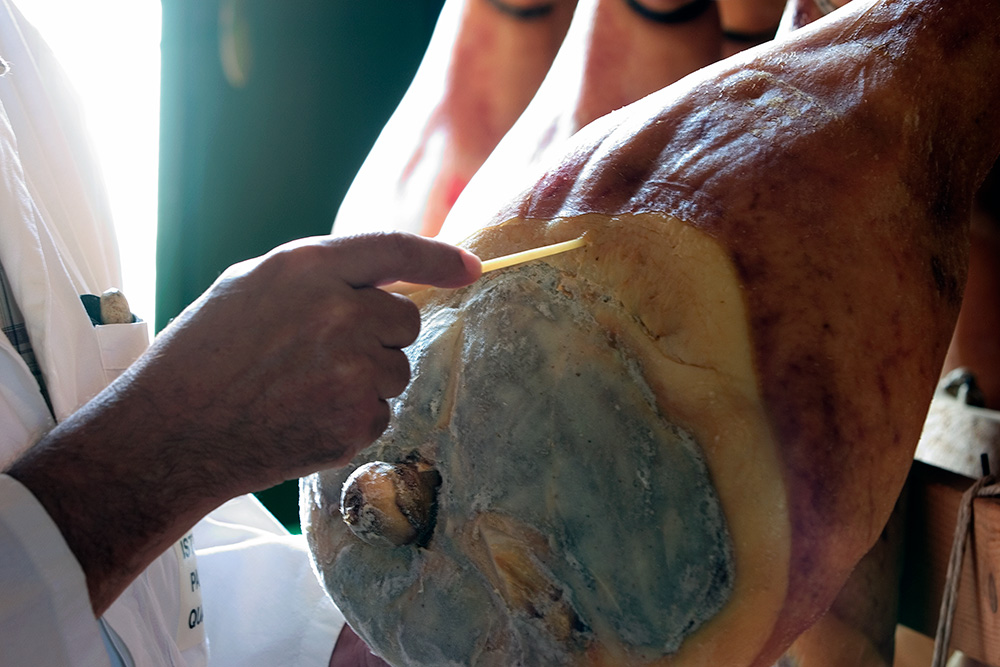
The Ducal Crown seal is in honor of Marie Louise, the second wife of Napoleon. She was an Austrian Archduchess who was married to Napoleon in 1810, as he was eager to marry a member of one of Europe’s leading royal houses to cement his hold on the Empire. She was Empress of the French from 1810-1814, and bore Napoleon a son. After Napoleon’s exile, Marie Louise was sent off and out of the way to reign as Duchess of Parma, which she did until her death in 1847. She performed many good works during her reign, and was much loved by the residents.
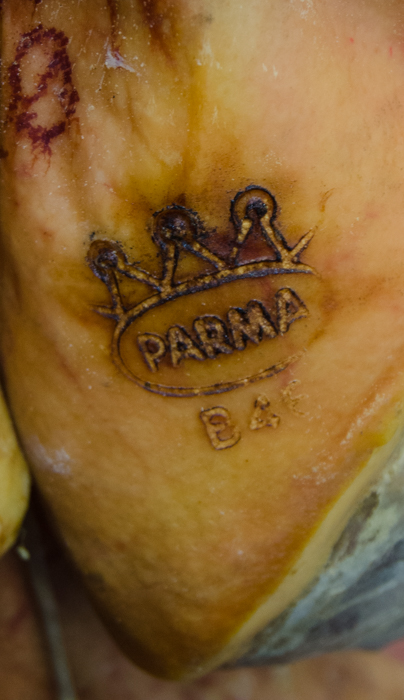
These time-honored methods and attention to detail produce the “King of Hams” right along side the “King of Cheeses”. The process is 100% natural: no additives, just sea salt, air, and time. The result is a perfect balance between sweet and saltiness; the aroma is fragrant, the color is pink in the lean part and white in the fat. Sweet and delicate in flavor, fruity but gentle.
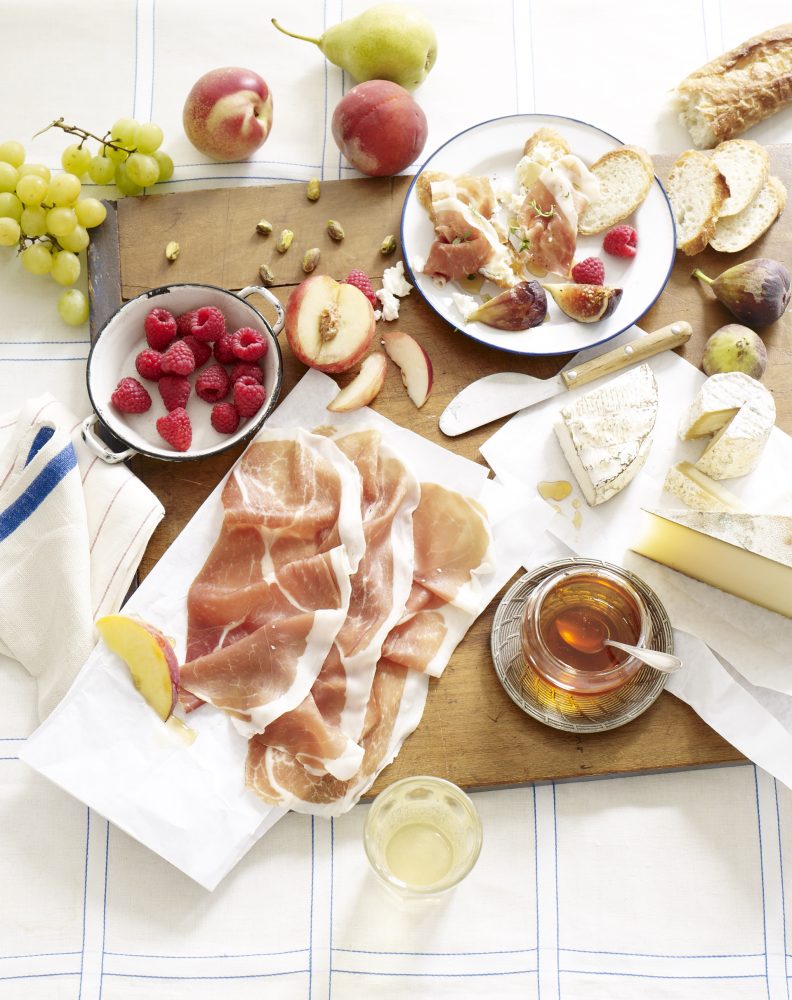
The best way to enjoy prosciutto is sliced paper thin with a bit of fat around the edge, which carries much of its distinct flavor. The fat is part of what makes Prosciutto di Parma unique; never ask for it to be removed. Prosciutto di Parma is perfect with melon, with fresh cheeses like mozzarella and burrata, and with breadsticks. It is also an essential ingredient in the favorite Parma tortellini. Look for it at gourmet stores in the US, and I encourage you to taste it side by side with a prosciutto from your grocery deli – you’ll see they are not the same thing at all!
